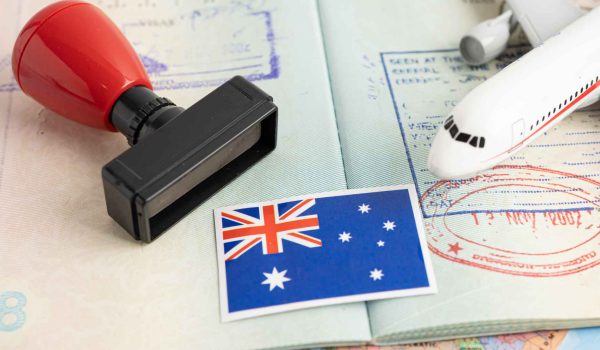One method in which an individual could obtain permanent residence in Canada is through the express entry program. Canada has used this dynamic electronic system since 2015 as the predominant way to manage skilled worker applications. Approximately every two weeks, the Canadian government selects the highest-scoring candidates from the Canada Express Entry pool and provides them with an Invitation to Apply (ITA) for permanent residence. The scoring of applications is based on the Comprehensive Ranking System (CRS) in which each candidate is evaluated based on their human capital. In the most recent draw, on September 28th, 3,750 candidates were sent an ITA.

Express Entry
This method of obtaining permanent residence is quite simple and free of charge. All candidates need to do is submit an express entry profile to the government website of Immigration, Refugees and Citizenship Canada (IRCC). If they receive a high CRS score they will be contacted to apply for permanent residence.
An Express Entry profile can be valid for up to one year, but if a candidate does not receive an ITA within one year of creating their profile they can re-submit their profile if they are still eligible. Individuals who have received an ITA can expect the government to process their PR applications within just six months, making this process quite fast and efficient. Additionally, the CRS is based on Canadian government research that has been able to determine what characteristics enable immigrants to succeed in Canada and find good jobs, making it a beneficial process for candidates. IRCC research has indicated that immigrants from this method perform at a very high level in the labour market.
Recent Trends
Express Entry was launched in 2015 by the Canadian Government to improve the way it processes skilled worker immigration and to provide a better and more efficient experience. However, in December 2020 due to a backlog in applications caused by the pandemic relating to travel restrictions, Express Entry was paused for over 18 months. Due to this, the government implemented the Immigration Levels Plan 2022-2024 in which Canada is targeting around 432,000 new immigrants by the end of this year. This is mainly due to the job vacancy rate of 5.7% and the notable shortage of skilled workers that will increase as the baby boomers, the largest demographic of working-age Canadians, reach the retirement age of 65 in this decade.
Keeping in line with this plan, there has been a considerable increase in the number of candidates that have been invited. The August 31st draw invited 2,750 candidates, the September 14th draw invited 3,250 candidates and the most recent draw having invited 3,750 candidates indicates an increase of 500 invitations issues over the previous draw. The most recent draw is also the lowest minimum CRS as it issues invitations to all those with a score of 504. Since July 6 CRS scores have been decreasing from 557 by eight or nine points for each draw. These trends have assisted the Canadian Government in being on track to hit the target of new immigrants as over 300,000 newcomers have already been welcomed.
How is CRS calculated?
The CRS does not screen applicants based on their country of origin but rather individuals are evaluated based on their ability to integrate into the Canadian job market. This is done by assessing each candidate (and their spouse/partner if they have one) on their age, education, language skills, foreign work experience, and other human capital factors.
The three main areas that are assessed to obtain a CRS score are core/human capital, spouse or common-law partner and skill transferability factors. As Canada prides itself on being a diverse society, CRS allows those from different countries, skill sets and educational backgrounds to be welcomed to Canada each year. You can test out an unofficial score you might receive if you apply for Express Entry here.
How can you improve your CRS score?
One of the benefits of this program is that even if you receive a low CRS score the first time around, you could work on a few factors to improve your score and apply again to receive a better chance of obtaining an ITA. 600 out of a total of 1200 available points are given for a provincial nomination. Therefore, if you have not received a nomination yet, working on receiving one would go a long way in improving your CRS score. If that is not possible, arranging employment would give an individual 200 points, giving you another opportunity to improve your score. Additionally, you could also increase your score by studying in Canada, obtaining more eligible professional work experience, improving your English and/or French language test score and looking out for such factors for your spouse or common-law partner as well. To find out the full breakdown of the score you could visit this website.




